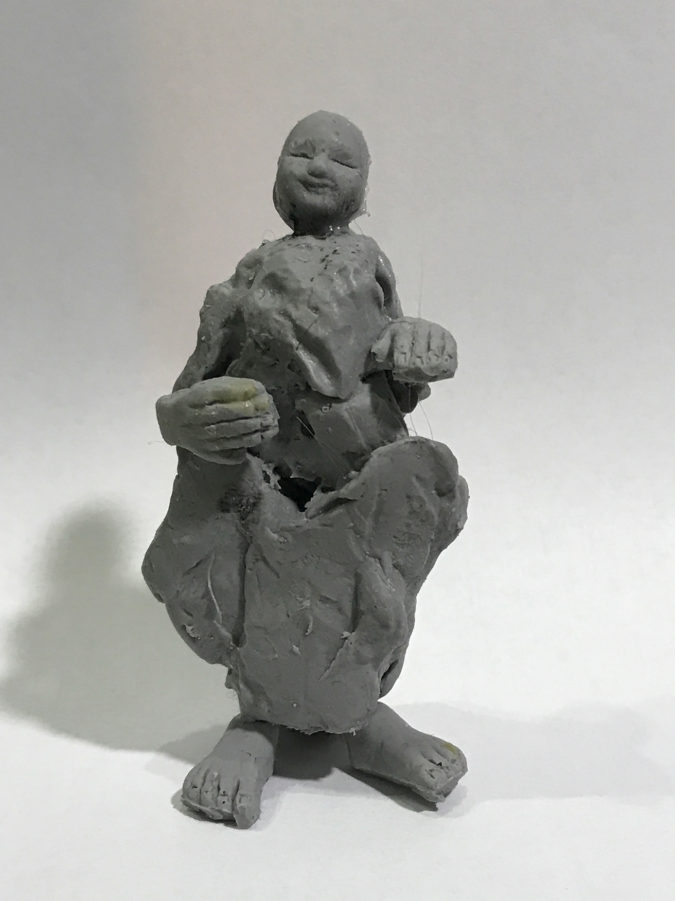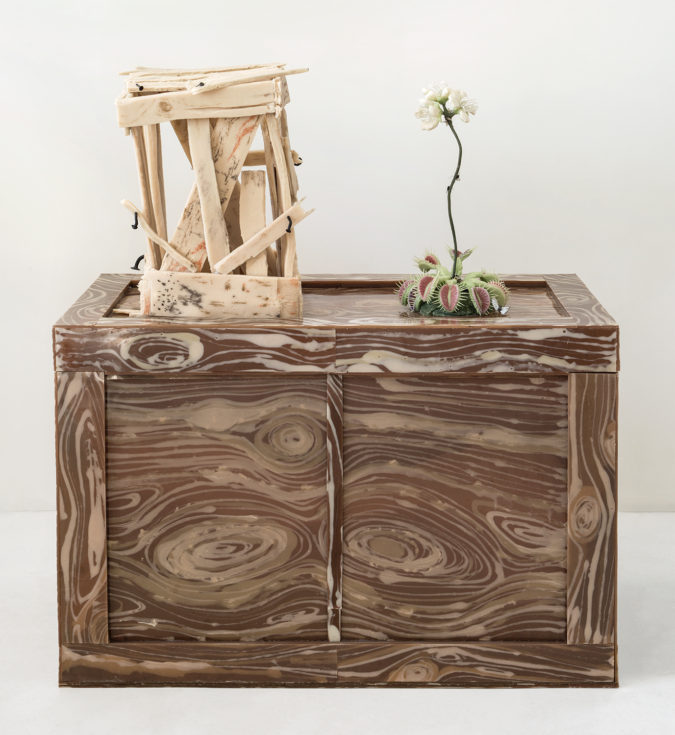Jeanne Silverthorne
Jeanne Silverthorne is a sculptor based in New York. Solo exhibitions include the Phillips Collection, Washington, D.C., Whitney Museum of Art, P.S. 1, New York, the Institute of Contemporary Art, Philadelphia, and a mid-career survey at the Wright Museum, as well as many one-person shows at galleries in New York, Los Angeles, Paris, Verona, Seoul, and Ireland. She has been featured in numerous museum exhibitions, including those at the Museum of Modern Art, New York, the San Francisco Museum of Contemporary Art, the Houston Museum, and the Albright-Knox Museum, among many others. Her work is in the collections of the following institutions:
Museum of Modern Art, New York, Whitney Museum of Art, New York, FNAC (Fondation Nationale d’Art Contemporaine), France, Denver Museum, Denver, Colorado, and many more. Finally, Silverthorne has been the recipient of various awards and grants, most recently a Guggenheim Fellowship, as well as an Anonymous Was a Woman Award, a Joan Mitchell Foundation award, and a Penny McCall Award.
QUESTION:
Much of your subject matter has been the artist’s studio, including the gear and material found in an artist’s studio. The attention to the details of the studio speaks of a love of the studio as haven. At the same time your work implies skepticism towards the romance of the studio. A lump of clay, a recurring motif in your recent work, is unformed but full of promise, not to mention the allusion to the book of Genesis. In Self-Portrait as a (baby) Lump of Clay you conflate this primary element of a sculptor’s work with yourself as an unformed being. This piece implies that the studio is a stand-in, a surrogate, for the self. As the lump of clay is to the baby, the studio is to the adult. Socrates, in Stammering Socrates, is fully formed but manifests the opposite of promise, repeatedly stumbling in an enclosed area, going nowhere. Can you talk about your thoughts about the unformed, forming and the fully formed in your sculpture and daily work in the studio?

“Self-portrait as a (baby) Lump of Clay,” 2020, 3″ x 1 /12″ x 1 1/2″, platinum silicone rubber.
ANSWER:
Well, your question is itself the best explanation of my feelings about the studio. Yes, it is a haven, but a dilapidated one, a place in ruins. The literal reason for its ruination—high real estate costs, digitalization, a long cumbersome history as the habitat of the male genius—gets expressed as a visual collapse. In many works, nature, in the way of weeds and insects, invades; infrastructure is represented as dysfunctional, etc.
You are right that the studio is a stand-in for the self—-its walls like our skin, its wiring and plumbing analogous to our entrails. But as the walls crumble so the boundaries of identity erode. As a result, all sorts of hybrid personae appear and populate the studio. Lots of self-portraits in distress, but also a self-portrait as a large fly with eyeglasses, or as a pencil with teeth, and now, as you mention, as a lump of clay with tiny head, hands and feet. One lump is an adult; the other a child.
The studio is clearly not a place of rationality and yet it is where ideas are constantly hatched, many ultimately abandoned, gone rancid, like rotten eggs. In that pull between the rational and the irrational, a figure like Socrates is handled very skeptically indeed. If Socrates claimed that the true philosopher has no fear of death, the robotic “Stammering Socrates,” running around in circles, exhibits very human panic. He literally can’t think straight. But then Socrates is another self-portrait. He is infected with my doubt. And, in “Socrates and Me,” as he looks up at the noose of a rubber electrical cord, it is my suicidal ideation at play. (As an aside, even Socrates, the calm, controlled opponent of the state, would be driven to the hysteria of a Chicken Little by today’s political madness.)

“Venus Flytrap , Xerxes Blue (Extinct), with Two Crates,”2012-19, platinum silicone rubber, phosphorescent pigment, wood, wire. ”. Overall: 53” x 25 1/4” x 48″





